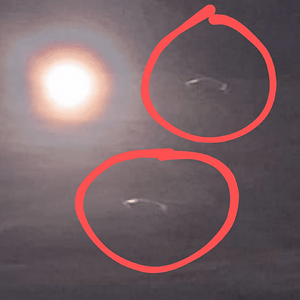mommyof4qteez
TPF Noob!
- Joined
- Jul 25, 2012
- Messages
- 178
- Reaction score
- 9
I upgraded months ago to a 5d mark ii and was super excited to try out my 70-200 f4 on the full frame...was very disappointed... it seems to perform better on a rebel...anyone else ever have this problem?


![[No title]](/data/xfmg/thumbnail/39/39290-dfb3e819bd94a7f30797638ae1ae27cf.jpg?1619738958)
![[No title]](/data/xfmg/thumbnail/31/31749-6cf0f99d6bdedf47f7387c5b943fb717.jpg?1619734989)
![[No title]](/data/xfmg/thumbnail/31/31746-12607d714ca2713b95250821c881aea9.jpg?1619734987)
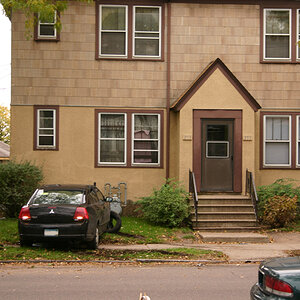
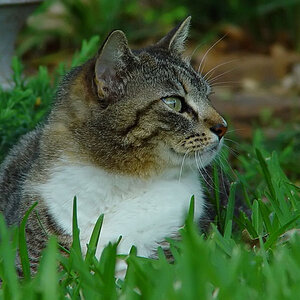

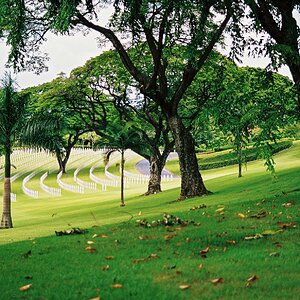
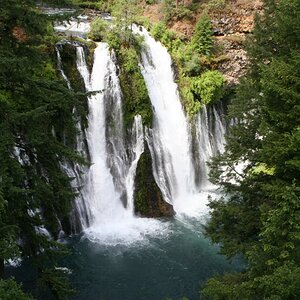
![[No title]](/data/xfmg/thumbnail/35/35948-700e0d840da0ca73727b1bd6d99b4142.jpg?1619737257)
![[No title]](/data/xfmg/thumbnail/39/39291-a89dc472765e04f66f617dd9acc8030d.jpg?1619738958)
